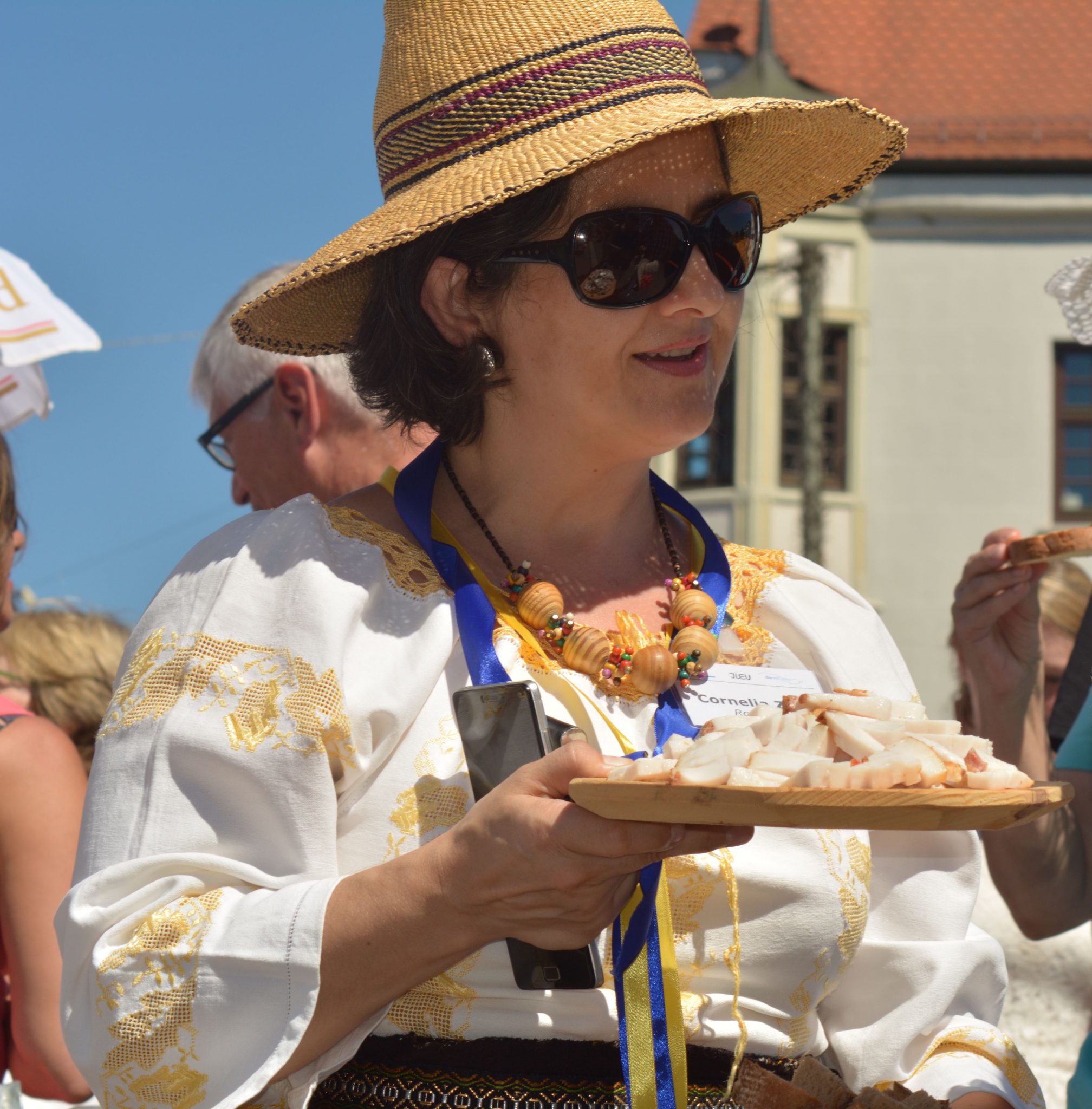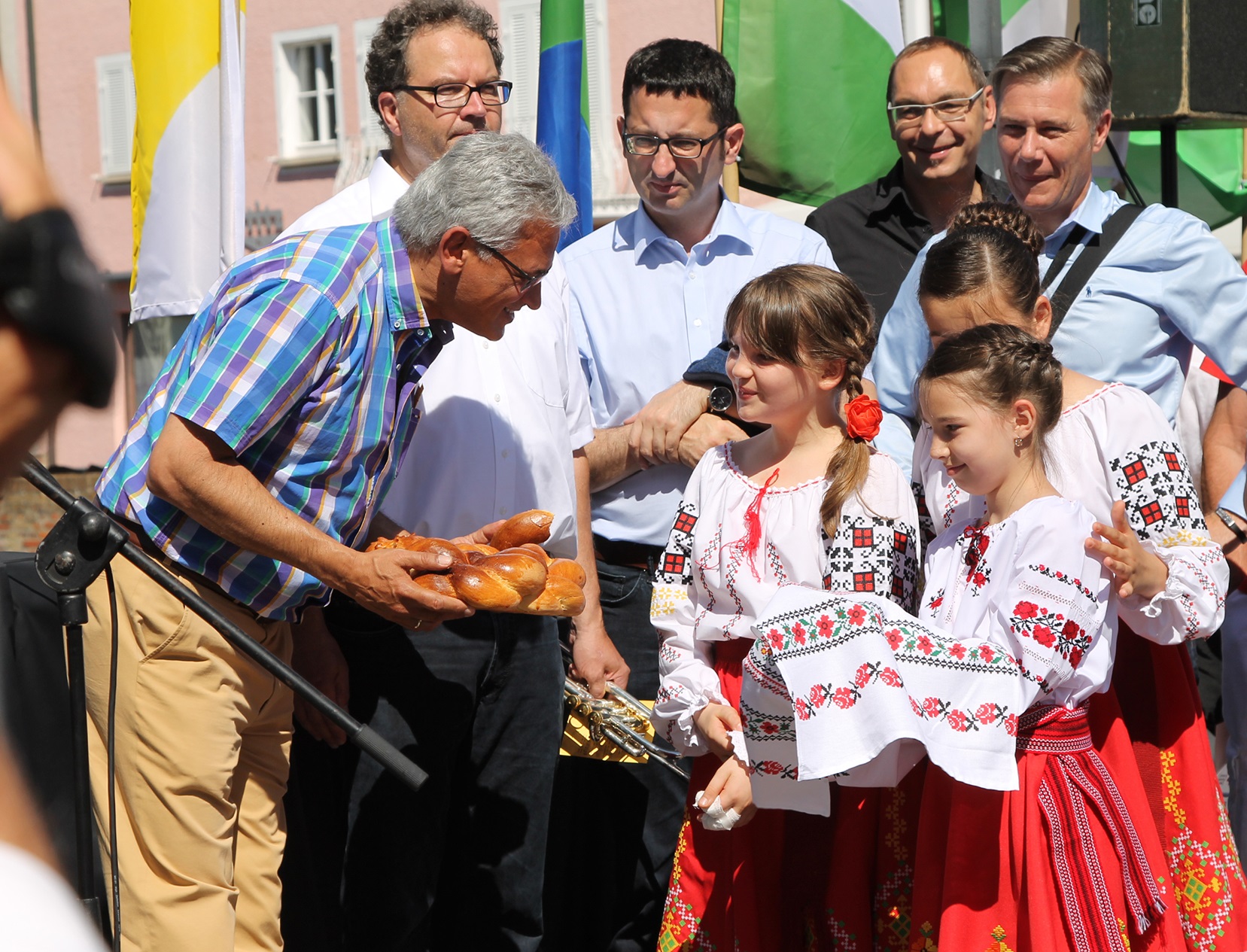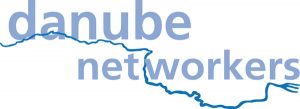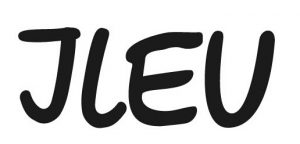Intercultural Danube-Bridge-Breakfast (DBF)



Aim
The aim of the project was to host an public event where a diverse group of people from Ulm and its surroundings and people from the Danube countries could bond and get to know each other in a low-threshold way. The event was part of the International Danube Festival in Ulm/Neu-Ulm, and was called “Donau-Brücken-Frühstück” (Danube Bridge Breakfast). It took place on the main bridge over the Danube in Ulm. The educational network “The Danube-Networks” hosted this event in a friendly environment presenting their own types of bread and small delights from the Danube countries. There were 30 different table hosts from different civil society and educational organizations from the Ulm region as well as from the Danube countries. The participants were given the opportunity to get in touch and to chat about everyday life, cultures, shared ideas and interests. The aim was to create a relaxed environment and to get to know people from different cultures and backgrounds, show diversity within unity in Europe, and get the feeling of what a peaceful European unity means in real life. The event was open to everyone and free of charge.Full Description
On 10th of July 2016 from 10.30 a.m. to 12.30 p.m. a Donau-Brücken-Frühstück (Breakfast on a bridge of the river Danube) took place at the Herdbridge Ulm/Neu-Ulm. ILEU e.V. organized the event as part of the international project “Taste of Danube. Bread.Wine. Herbs”. The Herdbridge connects the towns of Ulm and Neu-Ulm, the states of Baden-Württemberg and Bavaria.
ILEU e.V. decorated the bridge beautifully with international flags and tables. The tables were nicely decorated and covered by a tablecloths designed with the course of the Danube. Thirty different civil society organizations from all the Danube countries and students of the University of Applied Sciences in Neu-Ulm hosted each one table. The hosts offered bread, small delights and drinks (water, coffee, wine) free of charge. The mayors of Ulm and Neu-Ulm opened the event with welcome speeches. Everybody was invited to sing a song of peace, before the event started. 84 guests from 10 other countries of the Danube region were invited by ILEU e.V. and the Ulm Danube-Networkers. The guests from the Danube region offered typical small delights from their countries to the guests. People were invited to mark their hometown on the map or places they visited in the Danube region. These table cloths were a great way to get conversation started (e.g. about experiences, everyday life, cultures, common interests). Where a common language was missing, designs and translation helpers were being used.
The event showed that we all want to meet our neighbors living along the River Danube and that we want to live together as an unity in diversity in a peaceful and tolerant Europe. For quite a few citizens of Ulm it was their first encounter with people from Eastern Europe.
The event took place during the international Danube Festival in Ulm/Neu-Ulm, which resulted in a very diverse mix of the visitors (age, race, class). In cooperation with the University of Applied Sciences Neu-Ulm, ILEU e.V. did intensive PR that resulted in a very good press coverage of the event. There were multiple announcements beforehand, and a number of articles in local newspapers and on radio as well as one report on TV.
Project partners:
- ILEU e.V., Ulm, Germany – Project coordinator
- DANET e.V., Germany
- City of Ulm, Germany
- City of Neu-Ulm, Germany
- Danube Office Ulm, Germany
- University of Applied Sciences Neu-Ulm, Germany
Step by Step Explanation
-
1
Find a suitable and meaningful location for the event. In our case, it was the Herdbrücke, since it connects the towns of Ulm and Neu-Ulm, the states of Baden-Württemberg and Bavaria. The bridge symbolically connects Germany with other Danube countries. Clarify with all the local authorities the details of the event (e.g. what are the legal guidelines of the public order office) at least half a year before the event. In our case, public transportation had to be diverted.
-
2
Look for potential table hosts (local NGO’s or clubs with activties connected to food or the river Danube) and invite them to an informative meeting about the event. (see methods)
-
3
Find sponsors for the event. In our case, the breakfast was part of a bigger Danube project called “Tastes of Danube. Bread. Wine. Herbs”.
- We invited around 80 people from the Danube countries and paid their expenses. Tip: Look for host families; this lowers the cost for expenses immensely, and book group tours for arrival and departure.
- Donations in kind are also very good: For example, we were given water bottles by a local beverage retailers as well as parasols. Tables and benches were also given by sponsors.
-
4
Look for opportunities to involve volunteers, for example for PR. Examples:
- We had a project-based learning cooperation with a local university. The students were given the chance to take part in the development and implantation of a PR campaign of the event. As a result, ILEU got a complete PR campaign that covered various dissemination channels (print, social media etc.) (see methods)
- Volunteers for the assembly and dismantling of the event as well during the event
- Voltunteers that design the Danube tablecloth (see methods)
-
5
Host preparatory meetings for the event itself.
-
6
Set up a suitable entertainment program. In our case, we had musicians for the peace song at the beginning. We invited the mayors of Ulm and Neu-Ulm to give welcome addresses.
-
7
Host the event.
-
8
Organize follow-up meetings with all the helpers and supporters, and evaluate the event.
Results
Implemented Methods
Project-based Learning for Students
Ileu had a project-based learning cooperation with a local university. The students were given the chance to take part in the planning and preparation of this transnational event, and ILEU got a complete PR campaign that covered various channels (print, social media etc.). The students design flyer, postcards and posters, set up a blog and were responsible for social media.
The students were supervised by a professor as well as by ILEU. It should be noted that the supervision of the students is rather time consuming and is no sure-fire success. The work assignment was part of a course at university. It took one semester. One should get in contact with the university well in advance of the event, and the semester times should be taken into account.
Tablecloth Painting Action as an Ice-Breaker
The Danube Tablecloth was designed as an ice-breaker for conversations about the Danube countries and as means of corporate identity. Before the event, a team of volunteers painted the course of the Danube on a white paper tablecloth – from its spring to the Black Sea with some indications of big towns. Every table host was equipped with such a tablecloth. During the event, the participants and guests were being invited to write or paint something related to the Danube (e.g. their hometown, birthplace, visited towns or regions, memories, symbols, etc.). This way the hosts as well as the participants had an easy way to “break the ice” and to get into contact.
Joint organization of an intercultural event
Joint organization of an intercultural event by various civic society organizations in a city. The aim of this action is not only to set up an event, but also to foster and connect local organizations.



